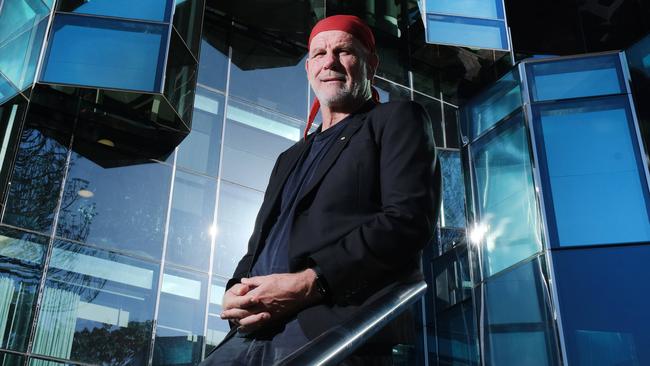
The nation has more pressing issues that need to be put to the people, notably indigenous reconciliation driven by the Uluru Statement from the Heart. If our politicians could have stopped squabbling for a moment, we would have got there by now.
It’s been 22 years since the question of Australia’s constitutional status was put to the people.
On November 6, 1999, Australians were asked a simple yes or no question: do you approve to alter the Constitution to establish the Commonwealth of Australia as a republic with the Queen and Governor-General being replaced by a President appointed by a two-thirds majority of the members of the Commonwealth Parliament?
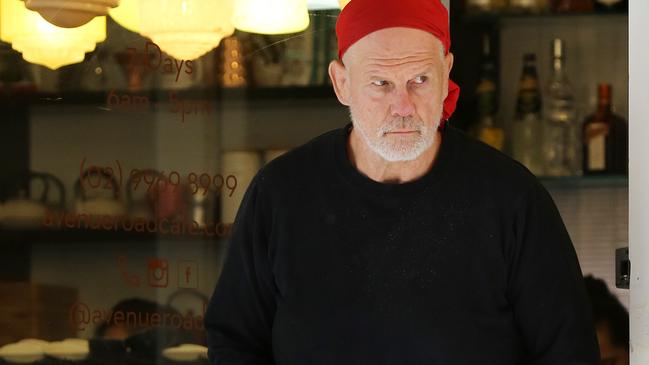
Of the states and territories, only the ACT could get a majority in the affirmative. In Queensland and Tasmania, the yes votes were especially low (37-63 and 40-60 respectively). Across the nation the referendum was defeated 45 – 55.
The Australian Republican Movement landed on the parliamentary appointment model after the Australian Constitutional Convention held over several days in the old parliament house in February, 1998. Then Prime Minister John Howard is said to have driven a truck through the ARM, tearing away at the fissure between those who supported the parliamentary appointment model as opposed to those who opted for an election of an Australian president. In reality, all Howard had to do was sit back and allowed the split to occur organically.
The schism between supporters of an Australian republic was there for all to see back then and it remains so to this day. It may not be mathematically accurate but a reasonable reflection on the numbers is one third of Australians support the retention of the nation as a constitutional monarchy with a third supporting popular election of a head of state with the remaining third backing the parliamentary appointment of who will reside at Yarralumla and never the twain shall meet.
The ARM has sat morose, virtually paralysed for the next decade or so. Under Peter FitzSimons as chair of the ARM, it has remained largely silent, mindful that Australians do not consider our constitutional status as a first order issue.
That all changed this week, when FitzSimons got the AA batteries out and released a hybrid model which may or may not be crude but is unnecessarily complicated with each state and territory nominating a candidate and the feds nominating as many as three. That’s 11 names on a ballot paper with a very strong likelihood that none would achieve majority support from the nation’s voters.
This convoluted model attempts to patch up the vast chasm between supporters of an Australian Republic.
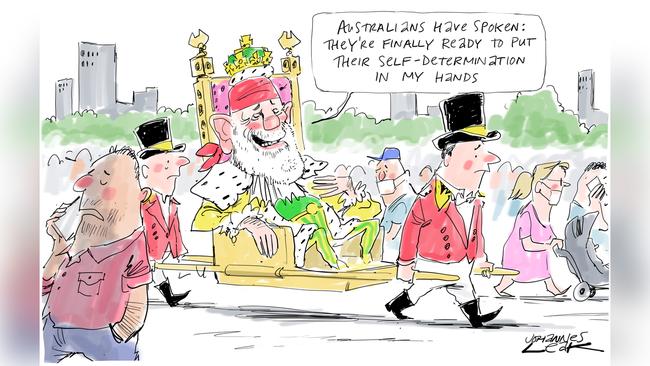
If you ask me, the parliamentary appointment model rejected by the people more than 21 years ago is a fixation of the political class, who implicitly believe in the notion that somehow Australians are too stupid and untrustworthy to elect a head of state knowing that in doing so, they are electing essentially a ceremonial figure. It is proof if further proof is required that the political class have little faith in the people.
What would happen, they scream, if the Prime Minister was less popular than the President? Well, that’s almost certainly going to happen regardless of the model.
In the Republic of Ireland, the President is popularly elected to what is a ceremonial position. It’s been going on for decades and the sky has not fallen in, constitutional crises have not brought the Republic to an administrative stand still and civil war has not erupted.
The current Irish President, Michael Higgins was re-elected in a landslide victory in 2018 with more than 55 per cent of the primary vote. His nearest rival received just 28 per cent. Higgins, a sociologist and poet, has not sought to usurp elected governments or failed to take advice from the government of the day.
Rather, Higgins sticks to his stately duties, holding functions at his residence and place of work, Áras an Uachtaráin, where his delightful dog meanders through assembled media looking for a pat.
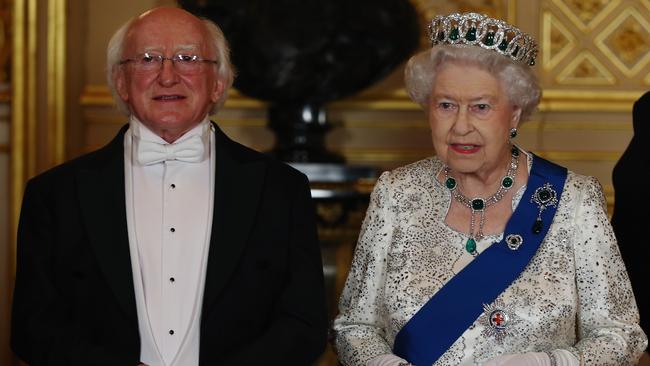
Higgins is incredibly more popular than the Irish Prime Minister, Micheál Martin even though Martin has been in the job for just two years. For all those obsessed and possibly still psychologically scarred from the 1975 dismissal of the Whitlam government, should Higgins find the Irish parliament, Dáil Éireann in gridlock (in ten years of his presidency he has not, nor has it occurred at all in more than 80 years), he may refer the impasse to the Irish Supreme Court for judgment.
In any event, the Australian Labour Party went to the 2019 election with a policy of a plebiscite, a yes or no question on an Australian Republic and we all know what happened there. It may not have been another absolute rejection by the people on the Republic issue, but Labor got a richly deserved slapping from indigenous Australians who rightly protested that enshrining a First Nations voice in the Australian Constitution, a process which necessarily requires but is not restricted to a referendum, was and is for that matter, a far more urgent priority.
The answer to FitzSimons and the ARM is yes, Australians can walk and chew gum but there are more important considerations at the moment than the name of the person who calls Yarralumla home. In other words, not now and where have you been for the last twenty years?


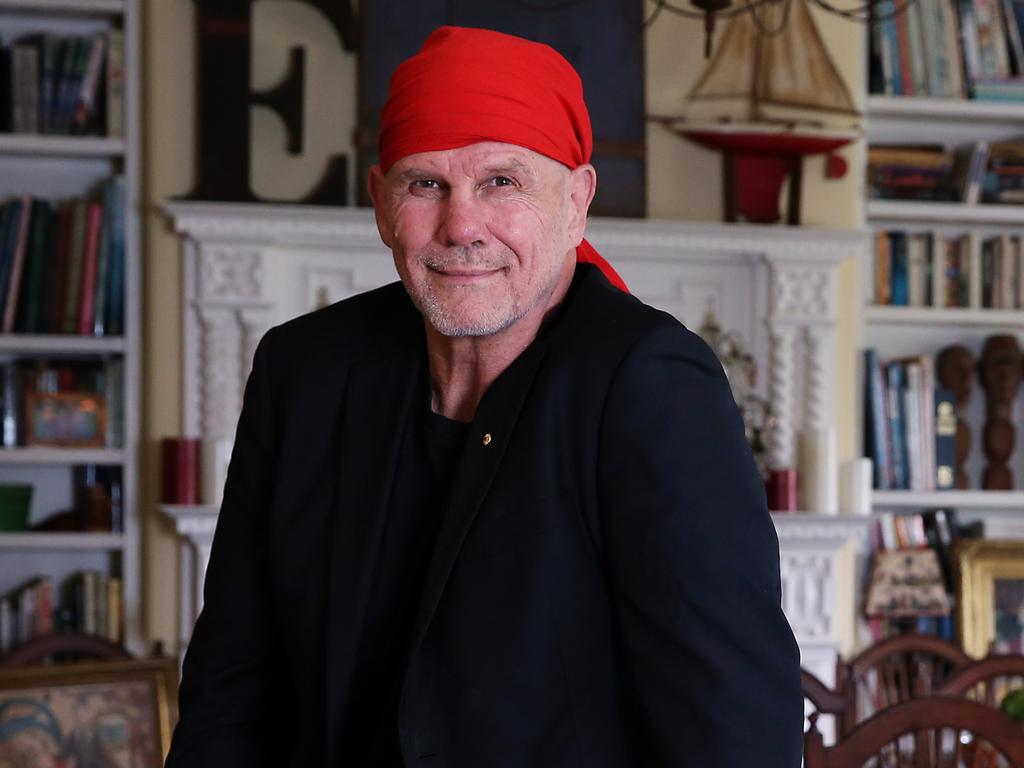
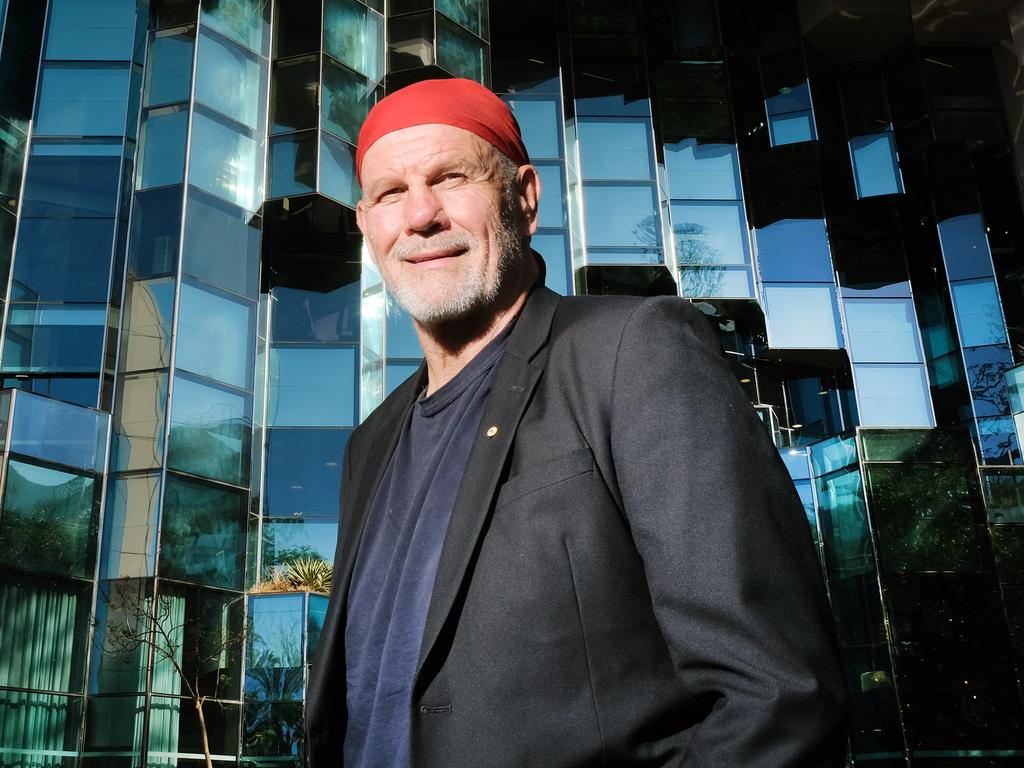
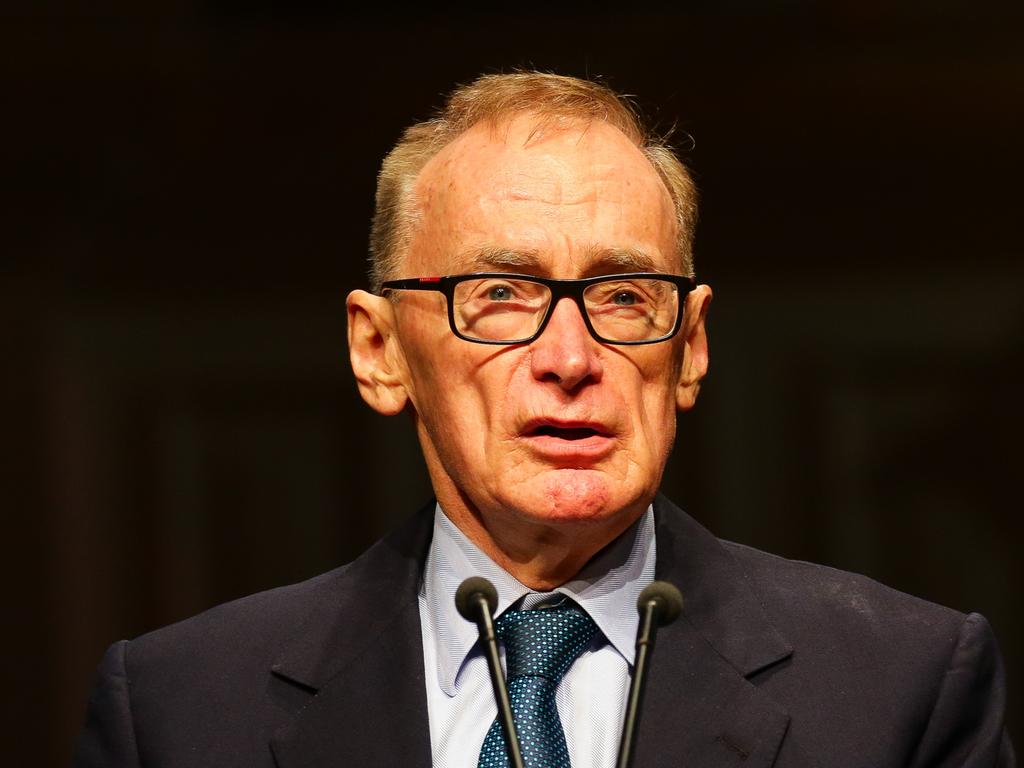

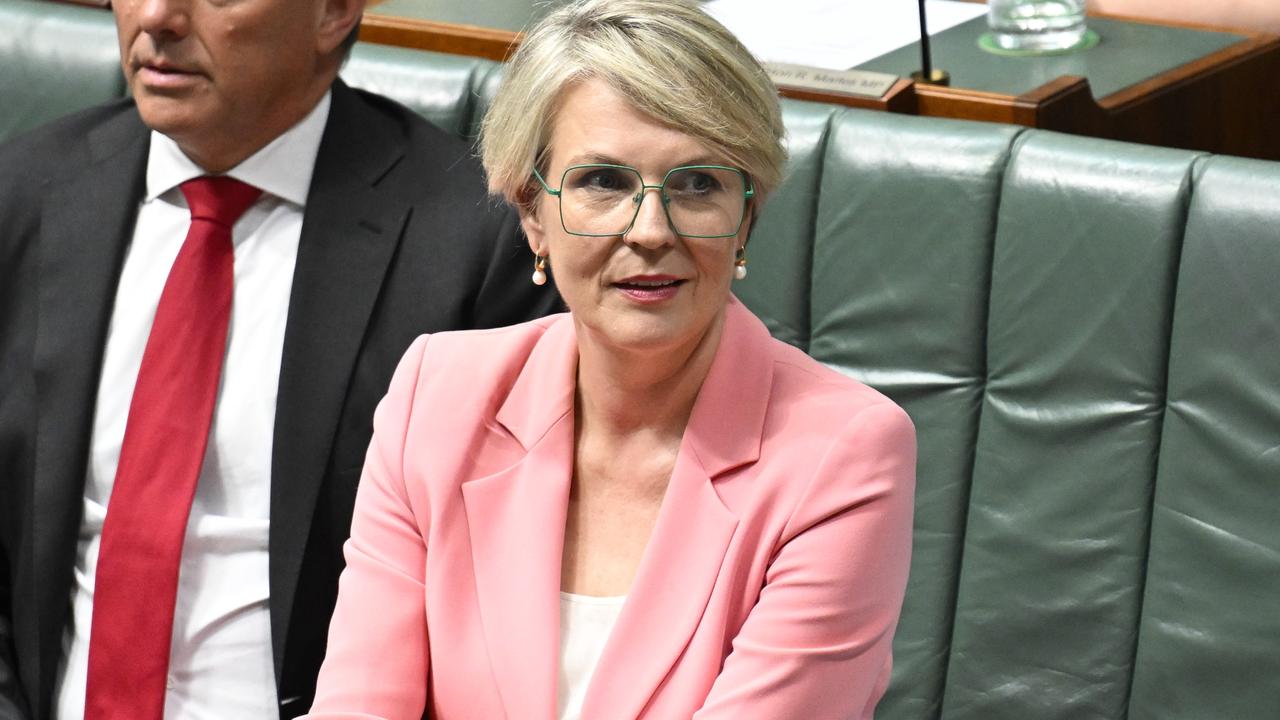

The release of the Australian Republic Movement’s shiny new model for an Australian Republic has been met with a resounding, “Sorry, what are you selling? Look, we’ve got a bit on at the moment. Perhaps if you call back later.”